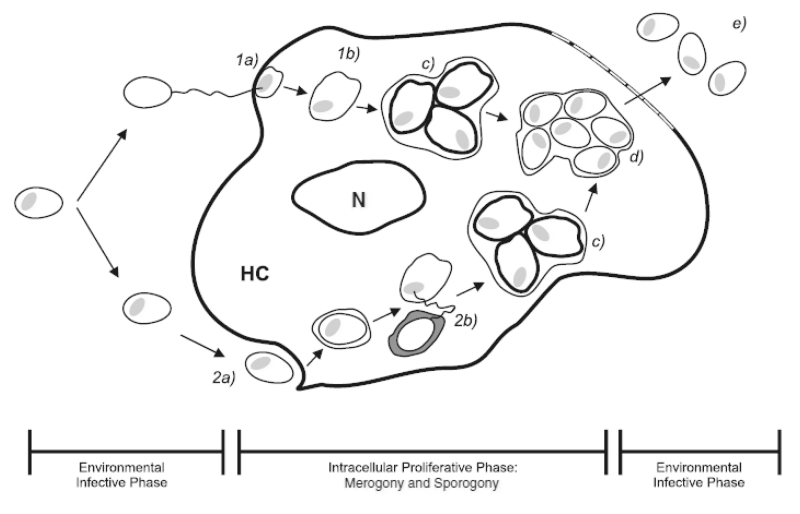Figure 1. Life cycle of generalized microsporidia in culture.
Environmental Infective Phase (left): Spores can germinate and inject infective sporoplasm (1a) or undergo phagocytosis (2a) to gain entry into the host cell. Intracellular Proliferative Phase (middle): Merogony typically occurs in direct contact with host cytoplasm (1b). With phagocytosis, sproplasm evades lysosomal destruction (2b). Sporogony may (c) or may not occur within a membrane. Spore maturation occurs through metamorphosis (d). Environmental Infective Phase (right): Liberation of infective spores (e), accompanied with host cell death. HC = host cell; N = nucleus of host cell.

